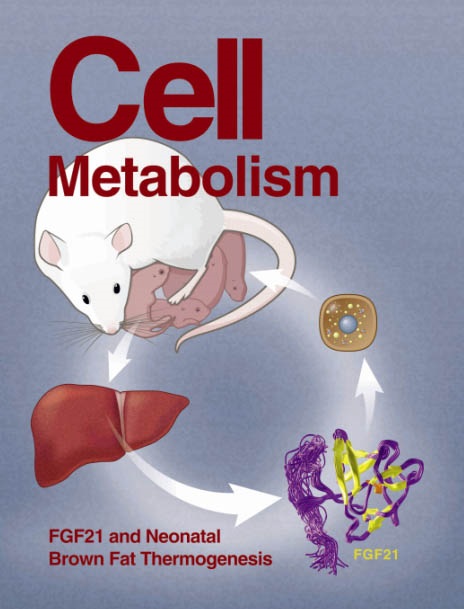感受压力:piezo2阳性感觉神经元调节脂肪功能
IF 30.9
1区 生物学
Q1 CELL BIOLOGY
引用次数: 0
摘要
脂肪组织通过多种调节机制适应代谢挑战,包括神经元输入。虽然交感神经的调节已经建立,但感觉反馈的影响仍然难以捉摸。在这一期的《细胞代谢》中,两项研究揭示了表达PIEZO2的感觉神经元通过抑制交感神经输出来调节脂肪功能,重塑了我们对脂肪监测和代谢的理解。本文章由计算机程序翻译,如有差异,请以英文原文为准。
Feeling the pressure: PIEZO2-positive sensory neurons regulate adipose function
Adipose tissue adapts to metabolic challenges through multiple regulatory mechanisms, including neuronal input. Although sympathetic neuronal regulation is well established, the impact of sensory feedback remains elusive. In this issue of Cell Metabolism, two studies reveal that sensory neurons expressing PIEZO2 modulate adipose function by inhibiting sympathetic output, reshaping our understanding of adipose surveillance and metabolism.
求助全文
通过发布文献求助,成功后即可免费获取论文全文。
去求助
来源期刊

Cell metabolism
生物-内分泌学与代谢
CiteScore
48.60
自引率
1.40%
发文量
173
审稿时长
2.5 months
期刊介绍:
Cell Metabolism is a top research journal established in 2005 that focuses on publishing original and impactful papers in the field of metabolic research.It covers a wide range of topics including diabetes, obesity, cardiovascular biology, aging and stress responses, circadian biology, and many others.
Cell Metabolism aims to contribute to the advancement of metabolic research by providing a platform for the publication and dissemination of high-quality research and thought-provoking articles.
 求助内容:
求助内容: 应助结果提醒方式:
应助结果提醒方式:


